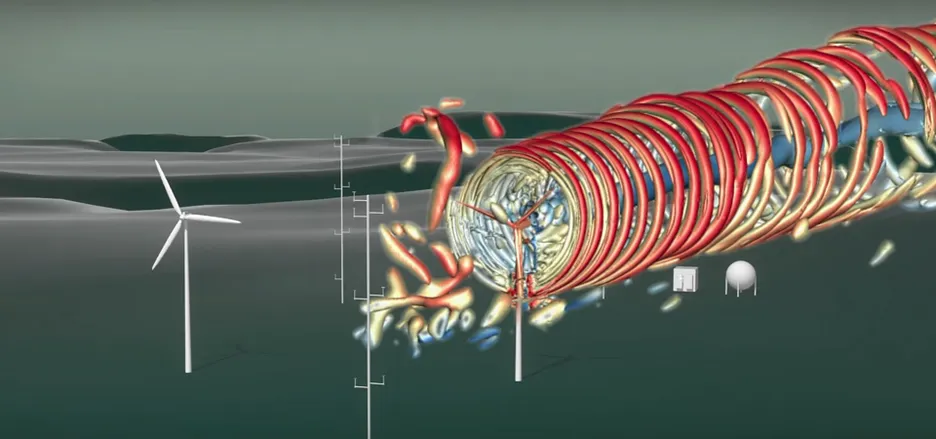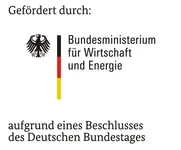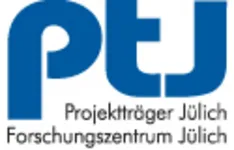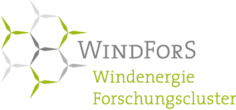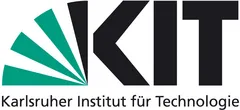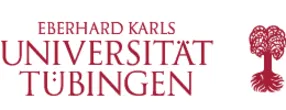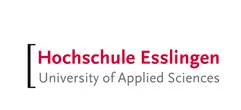Motivation and Objectives
The operation of wind turbines (WT) in mountainous regions is investigated in the WindForS research project "WINSENT". For this, two WTs are going to be set up at Stöttener Berg near Geislingen an der Steige and equipped with the corresponding measuring equipment. One goal of the project is the evaluation of the loads on each component, especially in relation to the mountainous terrain. Therefore the loads are measured during operation.
At the same time a virtual process chain is going to be established, with which those loads can be determined in advance and be used for the design of the WT in mountainous terrain. Up to now, this was done with engineering models that are based on different simplifications. These models will be reevaluated to assess their suitability for WTs in mountainous regions. Furthermore the usage of new materials, new manufacturing processes and complex structures leaves some open questions for the modeling. Due to this large safety factors have to be applied when these engineering models are used, which contradicts with an efficient and inexpenisve design and hence hinders the operation of WTs in mountainous regions.
A very detailed model and simulation will be conducted within WINSENT to evaluate the influence of several factors like the complex flow situation in detail. The developed methods will be validated with the measured results of the WT. Moreover a comparison with the engineering models will be done to determine and document the differences.
The task of the Chair of Structural Analysis (TUM) within the research project is the numerical simulation of the structure of the WT including the effects stemming from wind-structure interaction. The loads will be directly calculated from the coupled fluid-structure interaction simulation. The structural model will be modeled very detailed.
